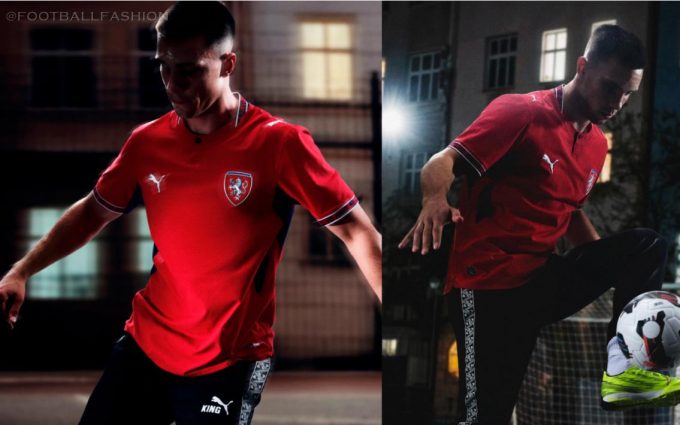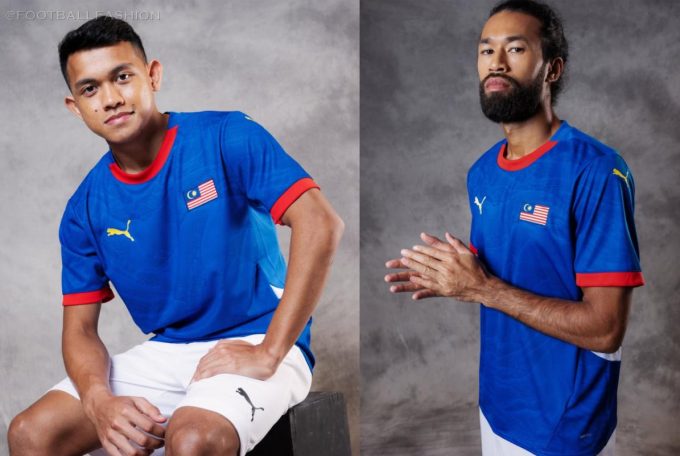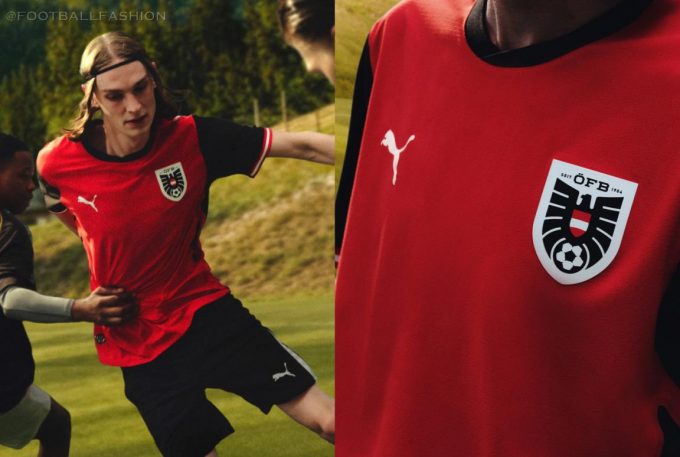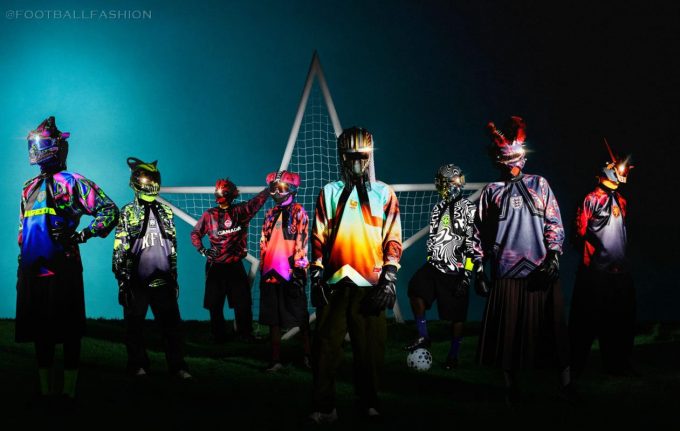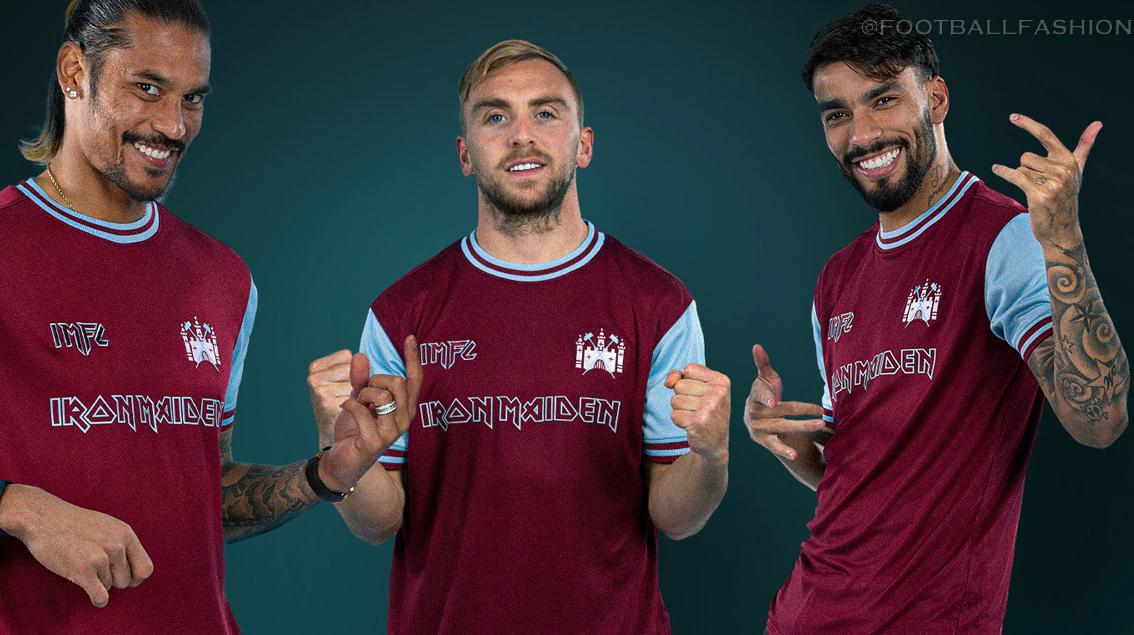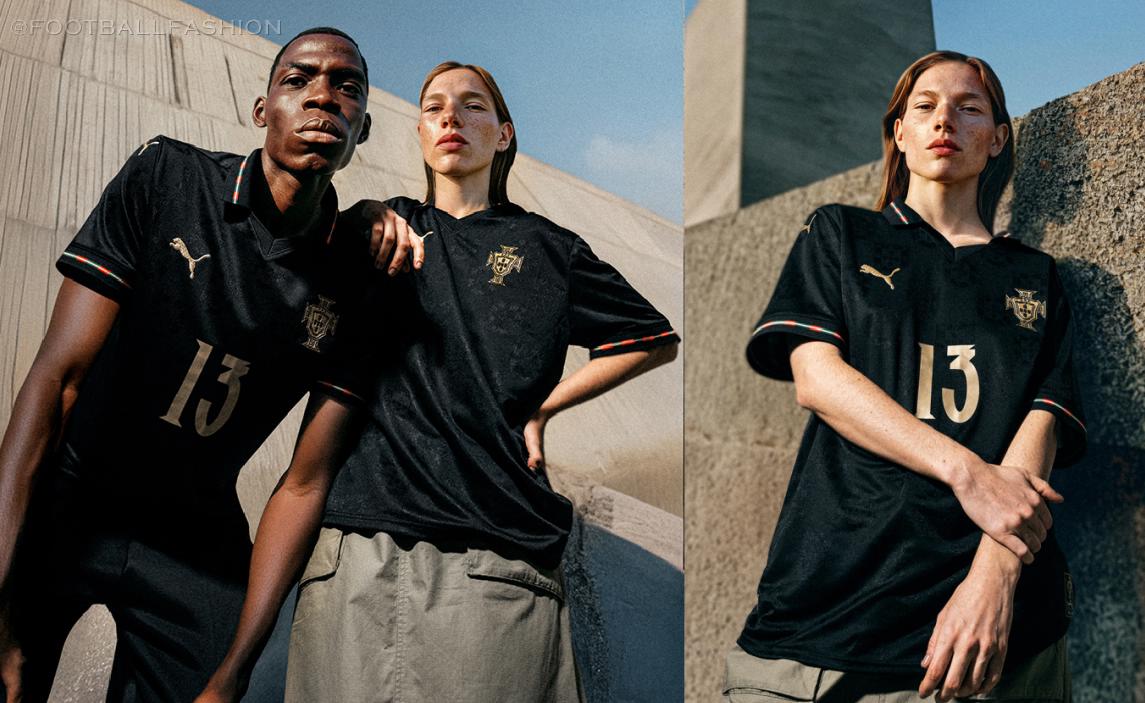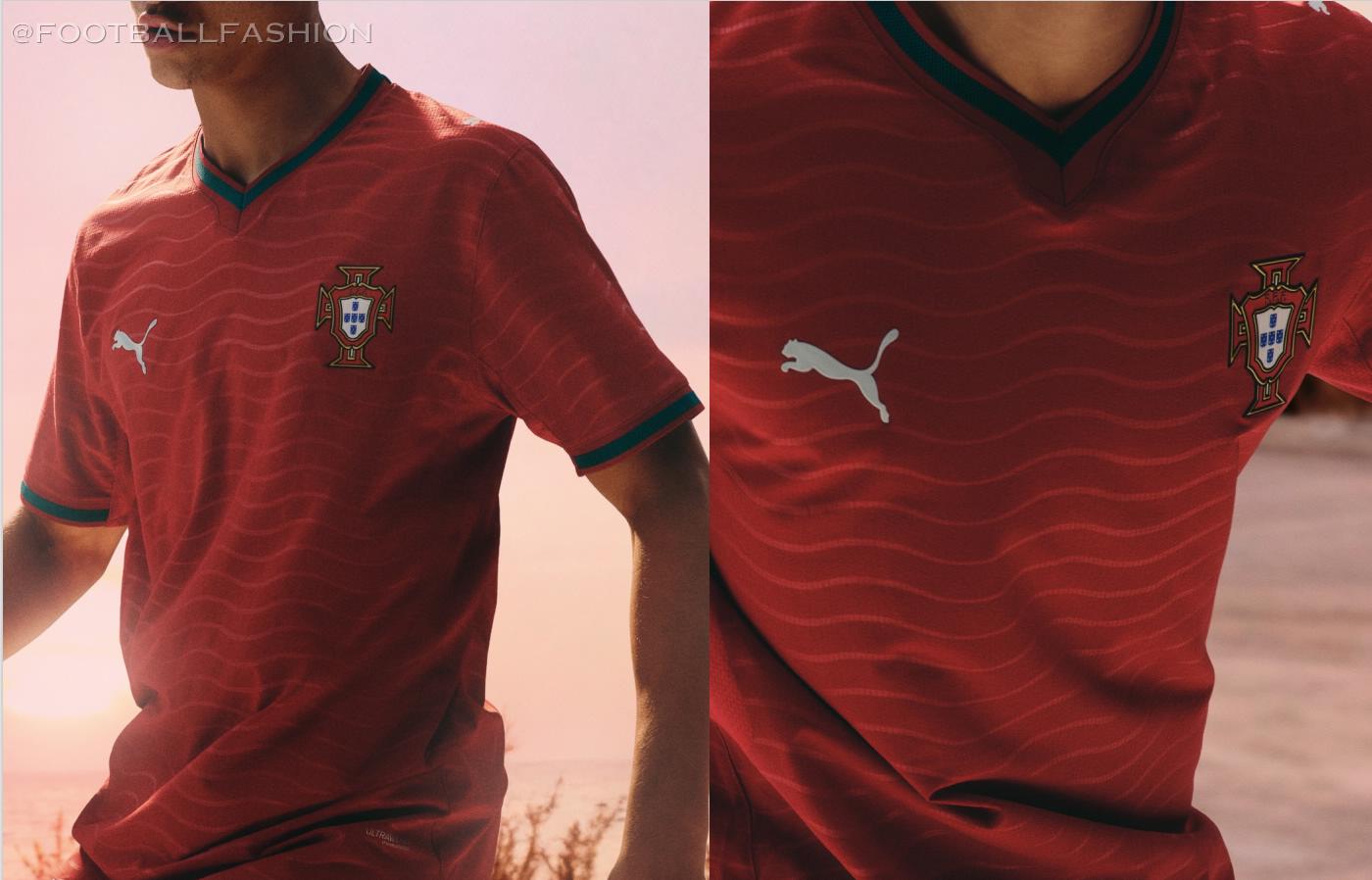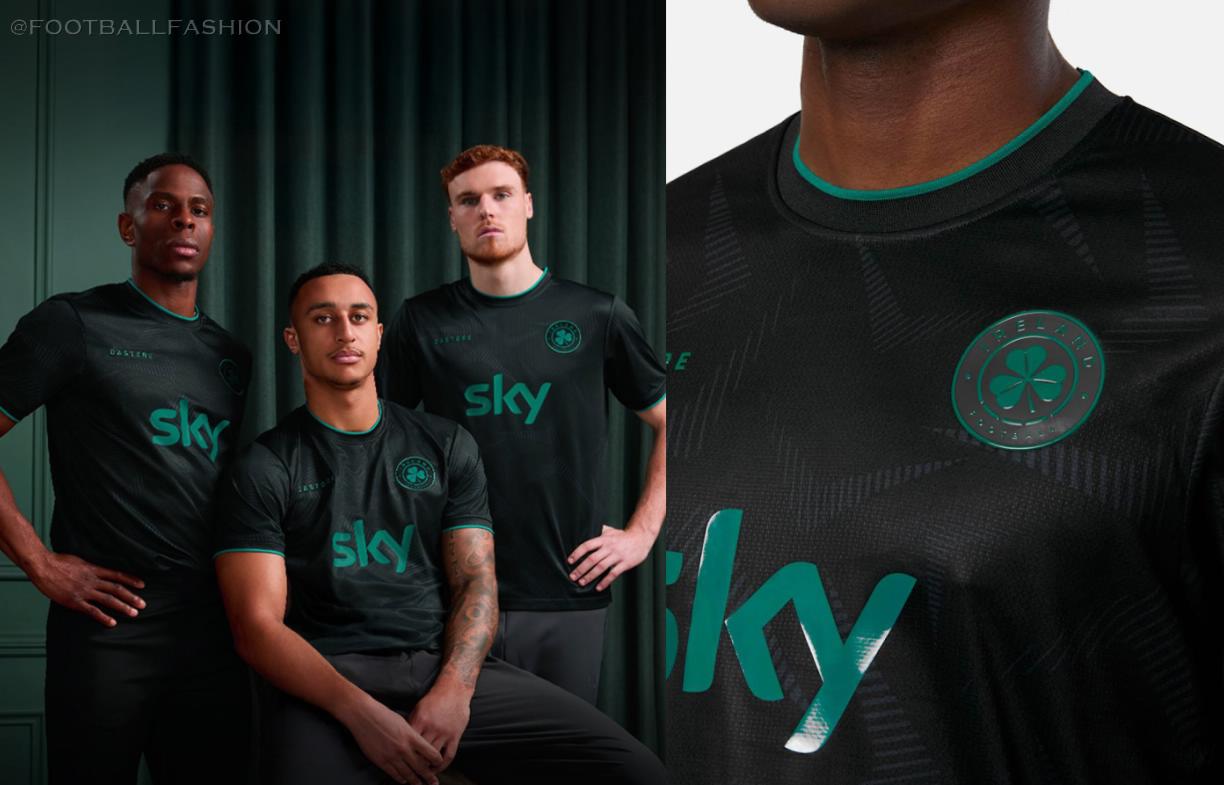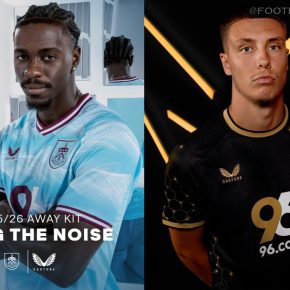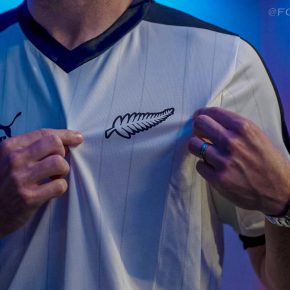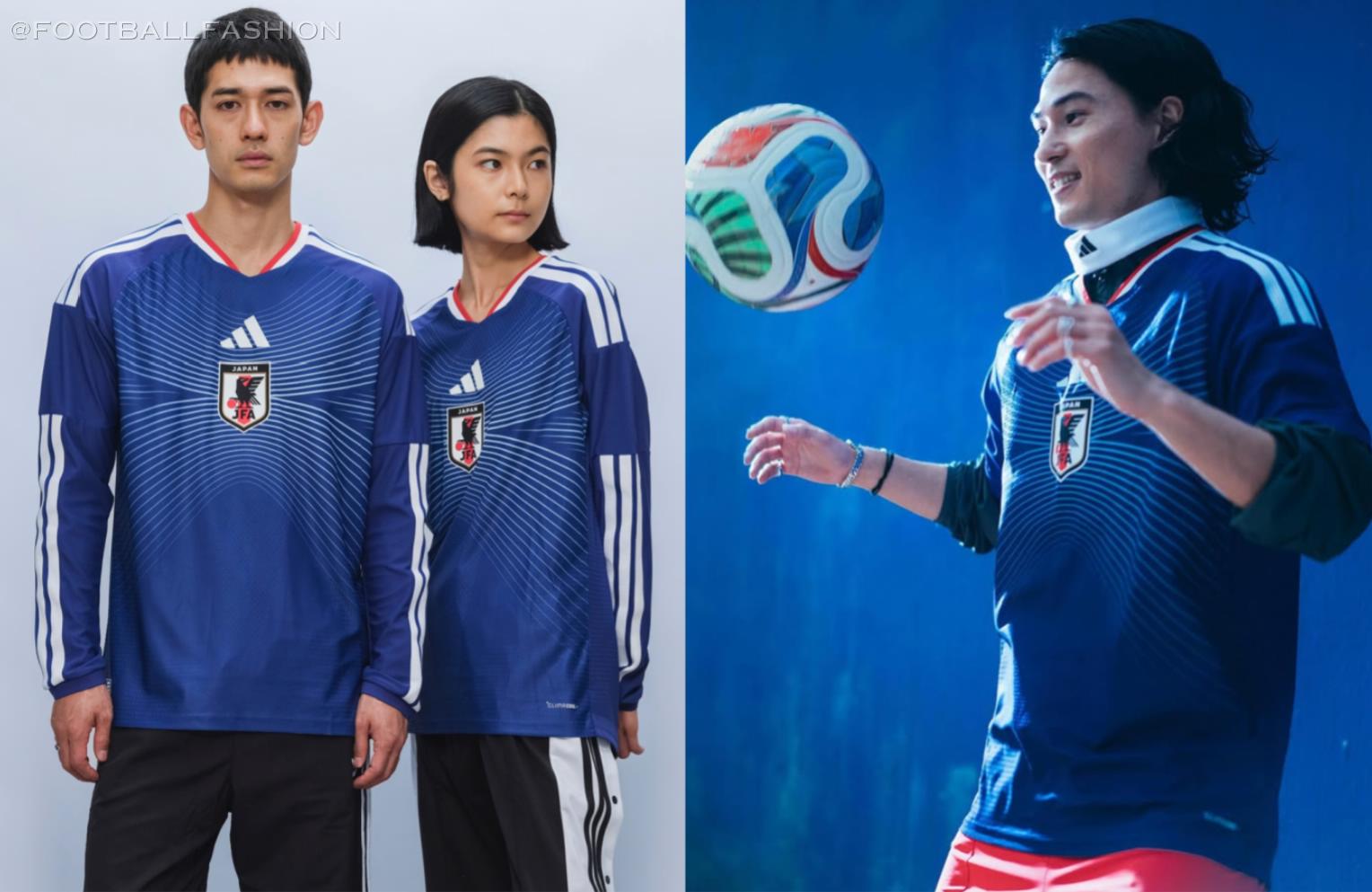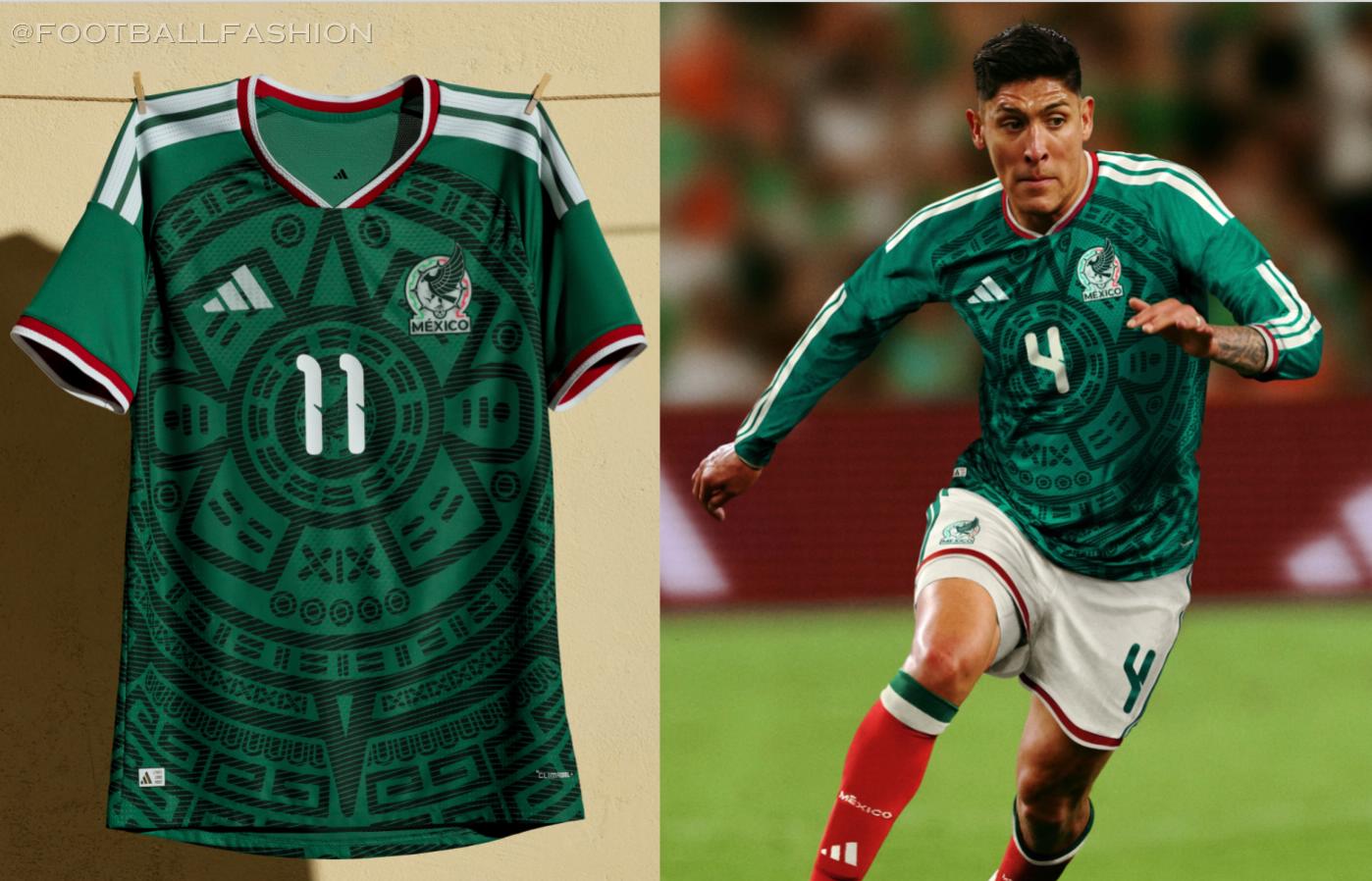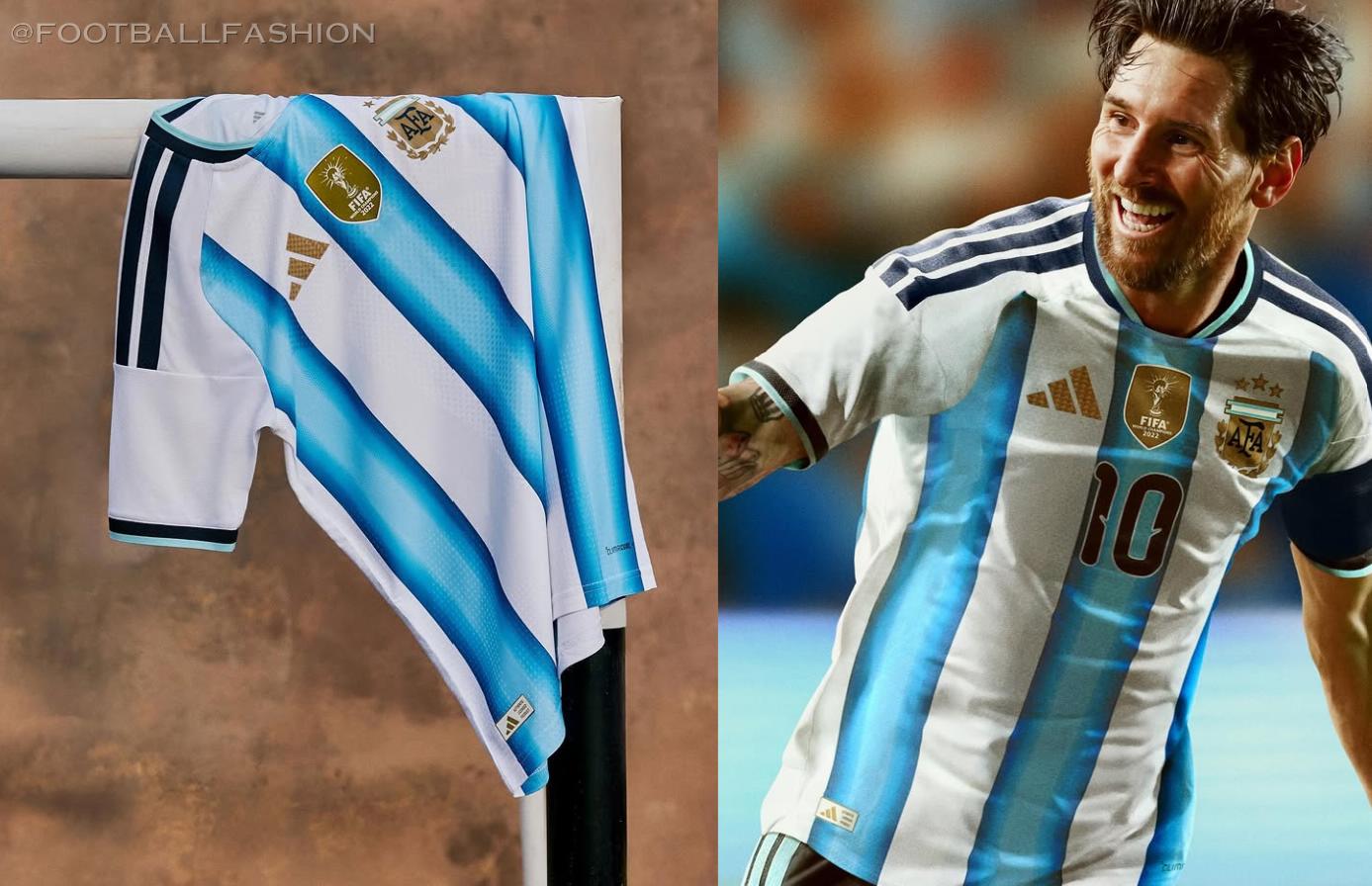A football kit is a symbol of who you are, something that unites both fans and players under one banner. The colours, the crest, and all that comes with them… it’s a pretty big deal. It’s a representation of the club’s history, the community at its heart, and the very soul of the club itself.
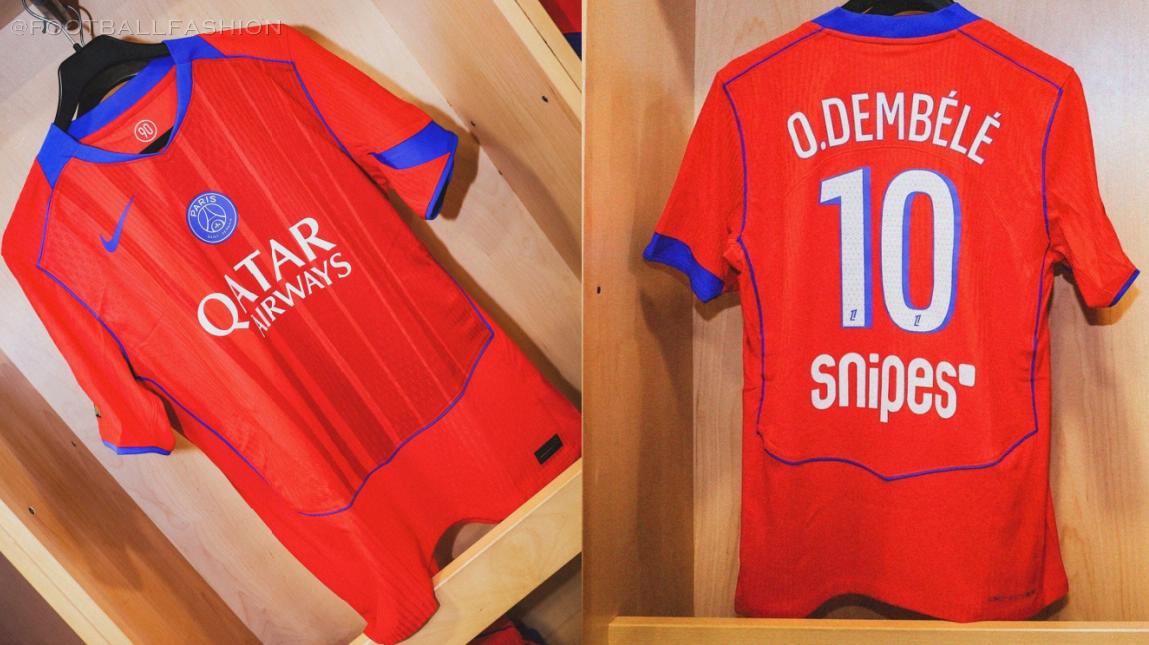
For years, these kits were pretty straightforward. But all of a sudden, a third element is right up there with the rest: the sponsor’s logo plastered on the front of the jersey. And the first thing you see when you look at a kit now is the name of a company.
And this has got people wondering: do these sponsors actually define a club’s image these days? Has the commercial side of things become so important that a team is now judged by the business being splashed all over the front of the kit?

Some reckon a sponsor is just some short-term partnership; a business deal that means nothing to the actual identity of the club. Others, on the other hand, are saying that all the businesses associated with a club significantly influence how the club gets seen by the public.
This article analyses this rather tricky relationship. Over the years, shirt sponsorships have gone from local business owners to major global brands. We’ll also be discussing how a sponsor can knock a club’s reputation either way, and what that says for the link between a club’s identity and the logos now plastered on the front of the jersey.
The Evolving Role of the Shirt Sponsor
Let’s take a step back to see how they became such a big part of the game. The concept of shirt sponsorship in English football first kicked off in the late 1970s, and at the time, it was a pretty contentious idea.
Loads of people thought that slapping a company’s logo on a beloved football shirt was selling out. Those early deals were done with local firms, like breweries or electronics companies; basically, just people you’d see around the local shops and pubs. There was a bit more of a natural fit between the two organisations.
But as football grew into the global TV phenomenon it is now, the value of that prime real estate on the front of a shirt went through the roof. Those local businesses got replaced by the big international players. Airlines, car makers, and tech companies were all clamouring to get in on the action. Suddenly, the shirt sponsor wasn’t just some local mate; they were a global brand cleverly using the football clu to reach millions of people.
This shift in the balance of power changed the dynamic between the club, the sponsor, and the fans. The sponsors were no longer just some logo on a shirt; they were major players who were stumping up millions for the privilege of being associated with the club. As a result, the club’s image and reputation got tied up with that of the sponsor.
A respected and successful sponsor could suddenly make the club look modern and ambitious, whereas a dodgy sponsor could bring all sorts of trouble our way. What started out as a simple business deal back in the 70s had morphed into a complex partnership with the power to shape a club’s very identity.
The Rise of Betting and Gaming in the World of Football
Recently, the trend of betting and online gaming companies sponsoring football clubs has been one of the most talked-about and controversial issues in the world of shirt sponsorship. Loads of clubs, particularly those in the top two divisions of the English football league, have been getting a lot of cash from these companies. And while that’s been a lifesaver for many smaller clubs, it’s also kicked up a huge amount of debate about whether these partnerships are good for the sport.
Companies in this industry mostly operate online, running casinos and sports betting. For those unfamiliar with this topic, it can be a pretty confusing mess. There are loads of different brands and platforms out there, each with its own games and its own offers.
To get a sense of what we’re talking about here, it’s worth taking a look at websites like AskGamblers, which offer reviews and insights into the online gaming platforms that are now so closely linked with football clubs. The existence of these reviews gives an idea of just how massive and complicated this industry is, and that’s why it’s got the sort of financial clout that can sponsor so many teams.
This trend has a straight-up effect on a club’s image, and it’s a bit of a double-edged sword. On one hand, these sponsorships do give clubs the financial stability they need to keep competing and sign new players. From a business point of view, it makes perfect sense.
On the other hand, many fans and critics are pretty uncomfortable about the idea of football being so closely associated with gambling. They worry that it’s going to normalise betting, especially for young supporters who see these logos plastered all over the shirts of their heroes every week. That creates a bit of a dilemma for the club; they need the money to be successful on the pitch, but they risk damaging their reputation as a family-friendly community institution.
Conclusion
So, do kit sponsors actually define a club’s image? Well, the answer’s not a simple yes or no. A football club’s real identity is shaped over a century of history, it’s built on the fervour of its fans, and the ups and downs on the pitch. History and tradition always matter more than the logo of some company that’ll only be there for a few years.
That being said, in the modern game, a sponsor does go a long way in shaping how a club is seen. A good one can certainly make the club look sharp, like they’re on the up and know what they’re doing. But on the flip side, a dodgy or failing sponsor can totally tarnish a club’s rep and leave them with a tainted image that’s hard to wash off.
Choosing a sponsor has become one of the most important decisions a club makes; it’s effectively a statement about the kind of club they want to be. The sponsor’s logo is not just for advertising anymore; it’s actually a part of the club’s public face.





